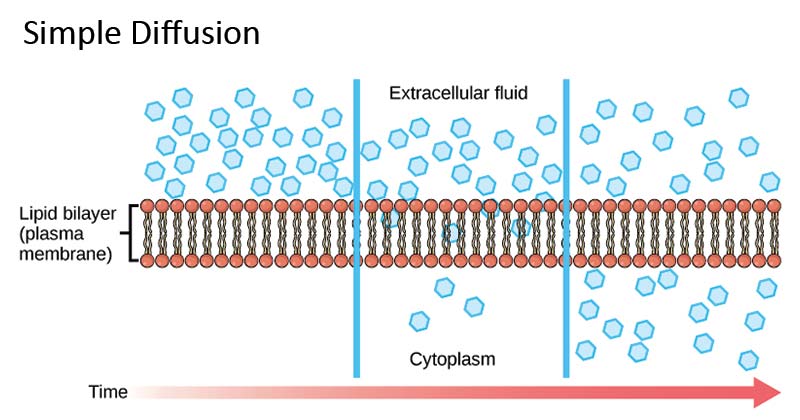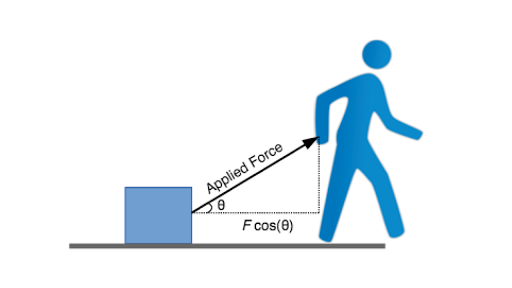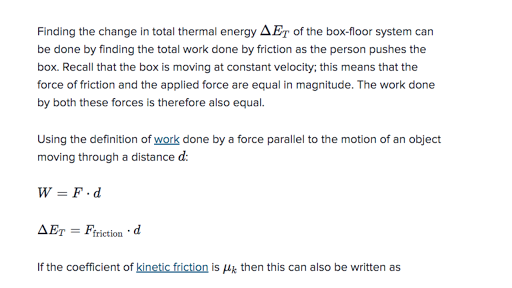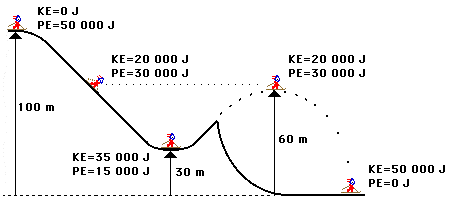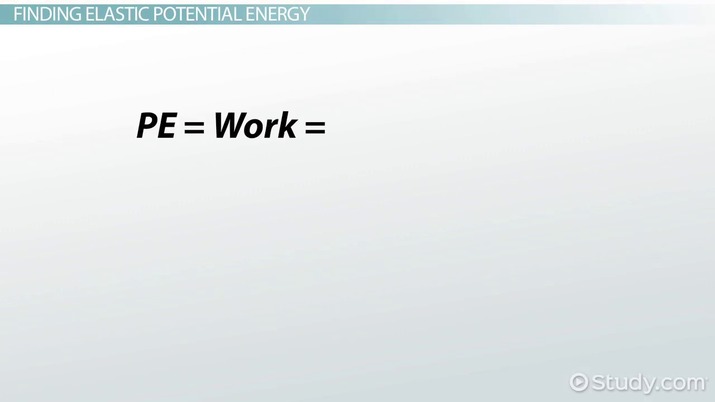And this expression is often called the work energy principle since it relates the net work done on an object to the kinetic energy gained or lost by that object.
Work energy principle examples.
1 2 mv 2 kinetic energy is a scalar quantity with the same units as work joules j.
There is a strong connection between work and energy in a sense that when there is a net force doing work on an object the object s kinetic energy will change by an amount equal to the work done.
This fact is referred to as the work energy principle and is often a very useful tool in mechanics problem solving.
If the net work done is positive the kinetic energy is going to increase and the object s going to speed up.
This section focuses on the work energy principle as it applies to particle dynamics.
The work energy theorem is useful however for solving problems in which the net work is done on a particle by external forces is easily computed and in which we are interested in finding the particles speed at certain positions of even more significance is the work energy theorem as a starting point for a broad generalization of the concept.
The change in the kinetic energy of an object is equal to the net work done on the object.
This information is referred to as the work energy principle and is derivable from the law conservation of energy.
For example a 2 kg mass moving with a speed of 3 m s has a kinetic energy of 9 j.
Work transfers energy from one place to another or one form to another.
Here k e f is the final kinetic energy and k e i is the initial.
W net k.
Conversely a decrease in kinetic energy is caused by an equal amount of negative work done by the resultant force.
In more general systems work can change the potential energy of a mechanical device the thermal energy in a thermal system or the electrical energy in an electrical device.
If the net work done on an object is negative the kinetic energy of.
The work energy principle states that an increase in the kinetic energy of a rigid body is caused by an equal amount of positive work done on the body by the resultant force acting on that body.
Principle of work and energy.
The principle of work and kinetic energy also known as the work energy theorem states that the work done by the sum of all forces acting on a particle equals the change in the kinetic energy of the particle.
This relationship is called the work energy theorem.
The above derivation shows that the net work is equal to the change in kinetic energy.
Note that the work in this equation is the work done by the net force rather than the work done by an individual force.
